“Banzie even of the Commencement of Life chapels say that all men search for God but most men commit the sin of searching too far for him.”
…
“Banzie nawet z nurtu “Początek Życia” powtarzają, iż wszyscy ludzie szukają Boga, ale większość z nich popełnia grzech szukania zbyt daleko.”
(…)On the face of these myths Jesus is the Old Cain who is the Old Adam who is the Old and ever-present God of this world and the Above, Zame ye Mebege. Jesus is also and at once the son, the brother and the husband of Mary who is the Old Abel, the Old Eve and the Old and ever-present Nyingwan Mebege, the creative matrix of the world and primordial source of wisdom.
…
(…) z treści tych mitów wynika, iż Jezus to dawny Kain, który to jest dawnym Adamem, a ten z kolei Starym i zawsze obecnym Bogiem tego świata i Powyżej, Zame ye Mebege. Jezus jest także jednocześnie synem, bratem i mężem Marii, która jest dawnym Ablem, Ewą i Starą i zawsze obecną Nyingwan Mebege, twórczą macierzą świata i pierwotnym źródłem wiedzy.
Because of this multivalence Jesus is understood as having the capacity to intermediate between men and the gods and he is often referred to as Eyen Zame (He Who Sees God) or simply as nganga, the term for the traditional holder of supranatural power of healing and clairvoyance.
…
Z powodu tej wieloznaczeniowości Jezus jest postrzegany jako ten, który ma możność pośredniczyć między bogami i ludźmi i nazywa się go często Eyen Zame ( Ten, Który Widzi Boga ) lub po prostu nganga, co jest określeniem tradycyjnego dzierżcy nadnaturalnej mocy uzdrawiania i przepowiadania.
Jesus is given a very human presence and is frequently referred to as emwan mot, ”the child of man”. It is his humanity that is featured, for in his self-sacrifice he showed men how ‘to suffer’ – how to face the state of despair (engongol) which is a constant preoccupation of Bwiti, and how to tread to completion the severed path of birth and death.
…
Jezus ma tu bardzo ludzką postać, i często nazywany jest emwan mot, “dziecko człowieka”. To jego człowieczeństwo jest na pierwszym planie, bo w swoim samo-ofiarowaniu pokazał ludziom “jak cierpieć” – jak zachować się wobec stanu rozpaczy ( engongol ), który jest ciągłym zmartwieniem Bwiti, i jak podążać aż do celu przerwaną ścieżką życia i śmierci.
In the land below men have lost knowledge of the land above and hence need experts, nganga, to penetrate the now hidden things of the land above. Of course members of Bwiti regularly make that penetration without help of nganga, although the chief dancers in the night- long rituals are called nganga and in their dancing lead men from this life to the next. In the more Christianized branches Jesus is referred to as nganga- he who enables men to see beyond this life.
This, I believe, is the meaning of quotes such as “I am the gate, through me you will find truth”, or the gnostic “kingdom of heaven is within you”.
In that sense Jesus is a Savior in recent Bwiti. He saves Banzie ( the initiated ) by showing them how to tread the path of birth and death in order to reach God.
…
W dolnym świecie ludzie stracili wiedzę o krainie powyżej i w związku z tym potrzebują specjalistów, nganga, aby przebić się przez zasłonę zakrywającą wyższą rzeczywistość. Oczywiście członkowie Bwiti regularnie dokonują takiej penetracji bez pomocy ngangów, ale to główni tancerze w całonocnych rytuałach, zwani nganga, w swym tańcu prowadzą ludzi od tego życia do następnego. W bardziej schrystianizowanych gałęziach Bwiti Jezusa nazywa się ngangą – tym, który umożliwia ludziom spojrzenie poza to życie.
Tutaj, jak rozumiem, realizuje się znaczenie cytatów takich jak “jestem bramą, przeze mnie znajdziecie prawdę” czy gnostyckiego “królestwo niebieskie jest w was”.
W tym sensie Jezus jest zbawicielem we współczesnym Bwiti. Zbawia on Banzie ( inicjowanych ), pokazując im sposób podróży ścieżką życia i śmiercu, do Boga.
It would be a mistake, however, to assume that this centrality is sufficient to label latter-day Bwiti theology as Christocentric and to type Bwiti as a separatist or independent form of Christianity. Communication with the ancestors and not simply with Christ and through him with God remains the central object of Bwiti. Banzie even of the Commencement of Life chapels say that all men search for God but most men commit the sin of searching too far for him. God is first of all close by in the presence of the ancestral dead.
…
Byłoby błędem jednak zakładać, że ta centralna pozycja figury Jezusa jest wystarczająca by określić teologię współczesnego Bwiti jako chrystocentryczną, a Bwiti klasyfikować jako separatystyczną czy niezależną formę chrześcijaństwa. To komunikacja z przodkami ( a nie z samym Chrystusem a przez niego z Bogiem ) jest głównym celem Bwiti. Banzie nawet z nurtu “Początek Życia” powtarzają, iż wszyscy ludzie szukają Boga, ale większość z nich popełnia grzech szukania zbyt daleko. Bóg jest przede wszystkim tuż obok, w obecności rodu.
If we are searching for a central divinity in Bwiti it would be, in any case, not Jesus but his mother, sister, and wife, Nyingwan Mebege, the sister of God and universal matrix and source of knowledge. The ritual figure of the nganga, from the moment of his appearance in the circle of origin outside the chapel and throughout his leadership of the sequence of dances, has as his primary objective the relating of men to the ancestral dead and through them to the Great Gods and principally the Sister of God.
…
Jeżeli szukać centralnej boskiej figury w Bwiti, to byłby to nie Jezus, ale jego matka, siostra i żona, Nyingwan Mebege, siostra Boga i uniwersalna macierz, źródło wiedzy. Rytualna figura ngangi, od momentu jego pojawienia się w kręgu pochodzenia, na zewnątrz kaplicy, i poprzez całe jego prowadzenie sekwencji tańców, ma jako główne zadanie nawiązanie łączności ludzi ze zmarłymi przodkami i poprzez nich z Wielkimi Bogami, a przede wszystkim, z Siostrą Boga.

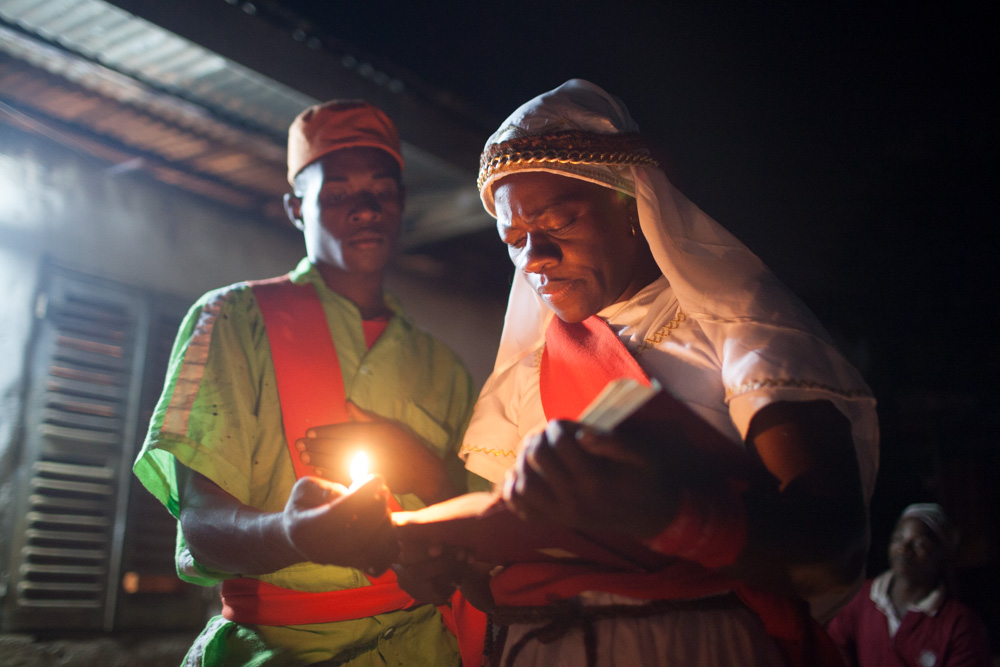
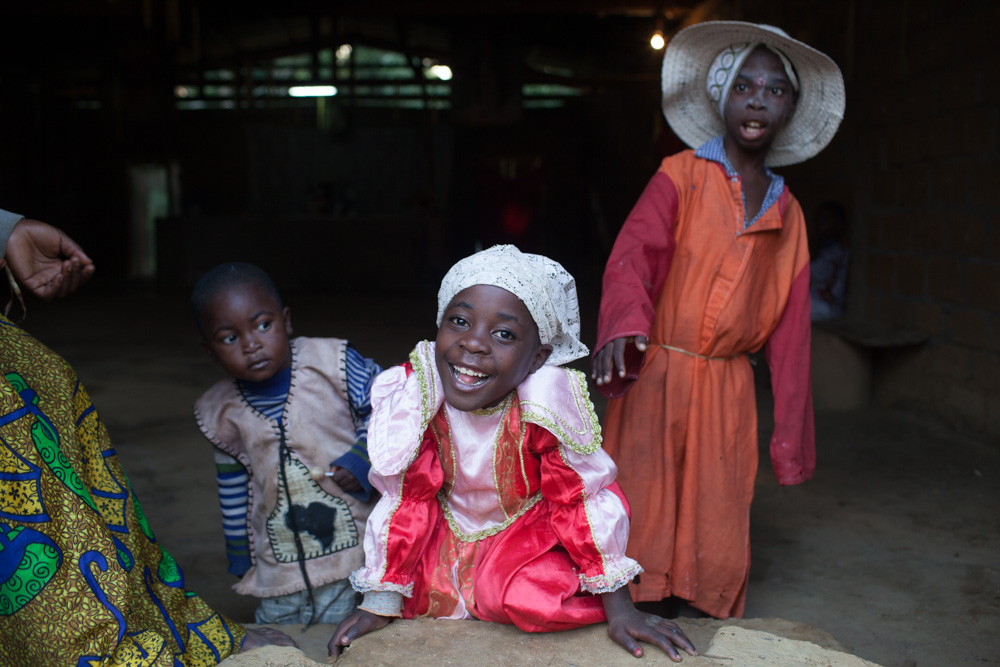
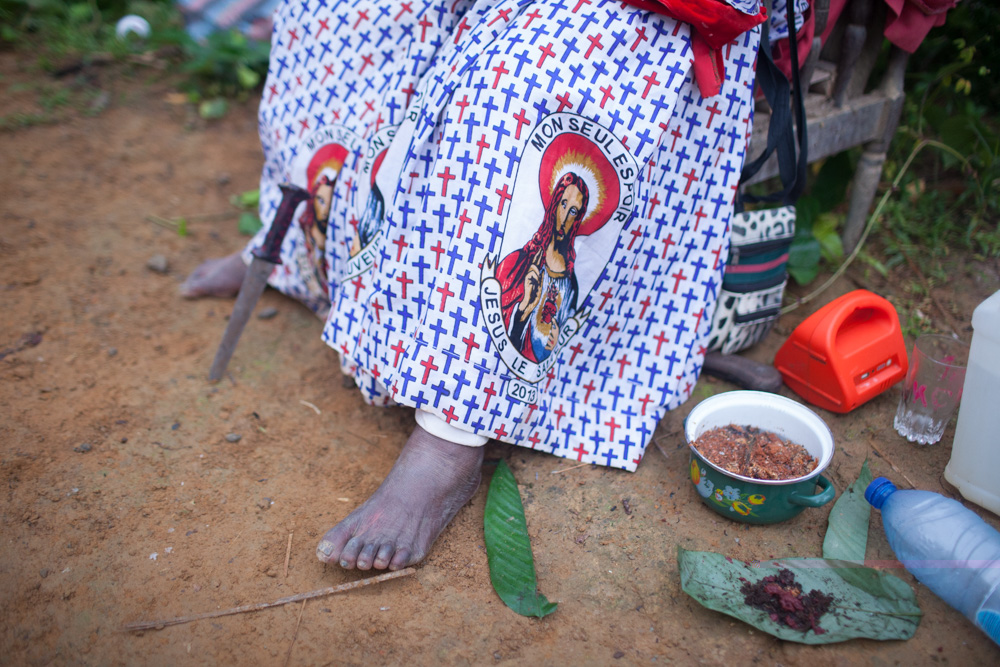



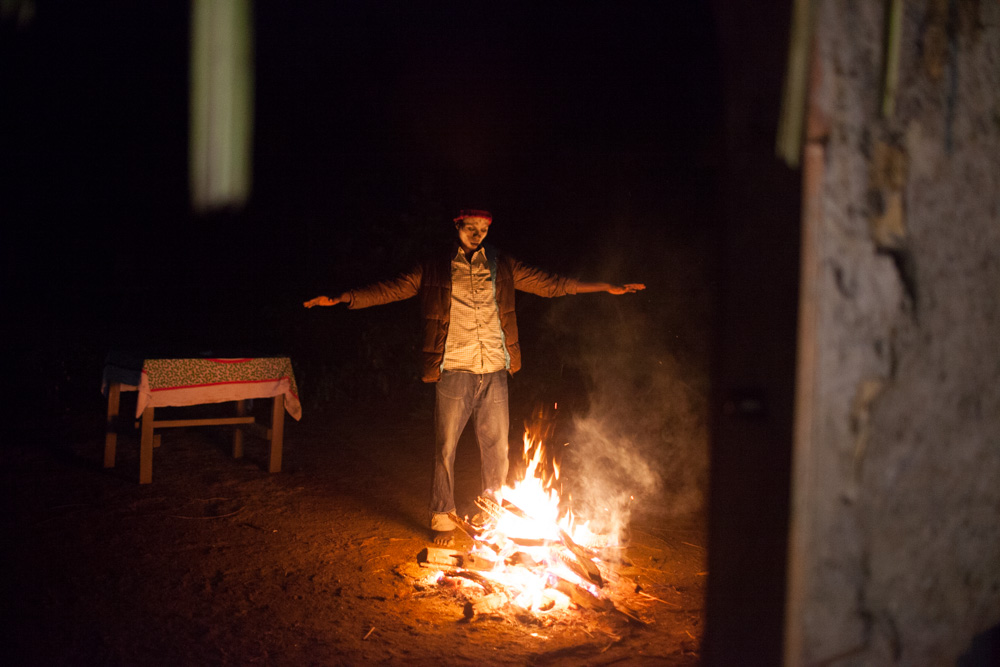
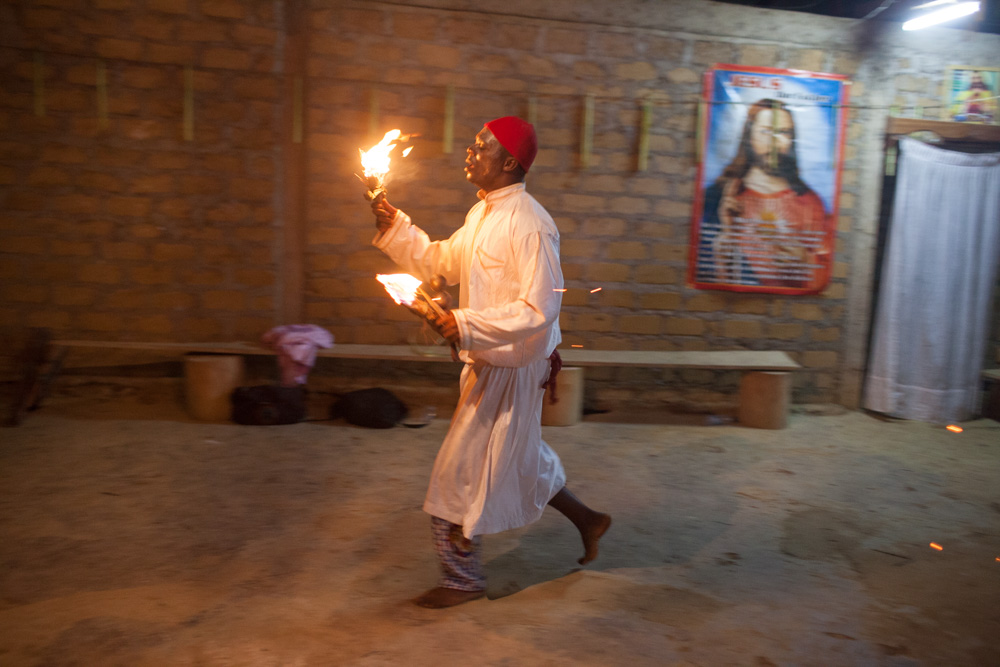
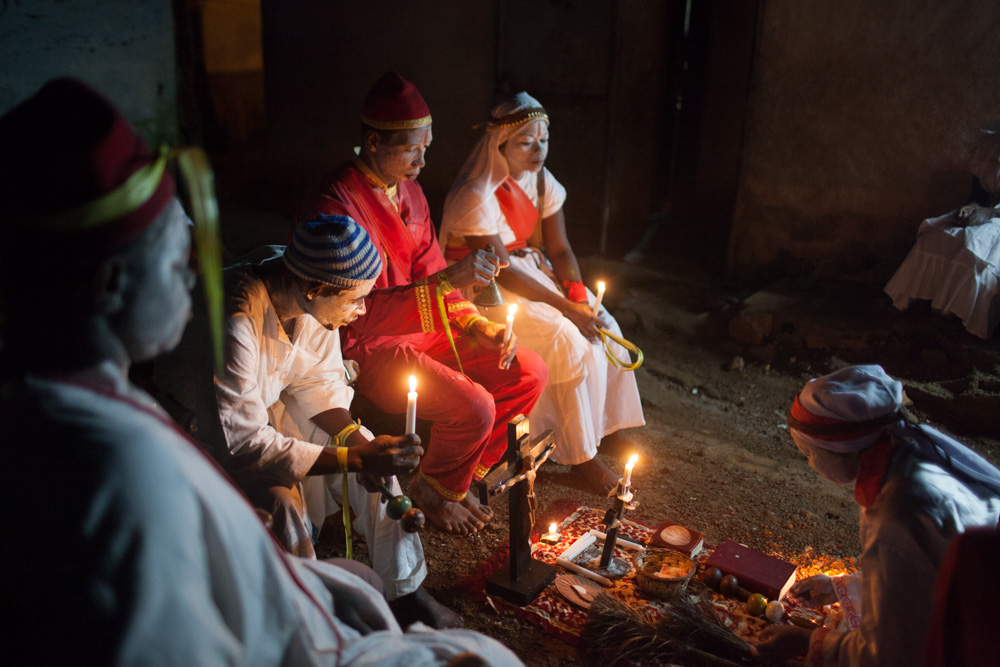


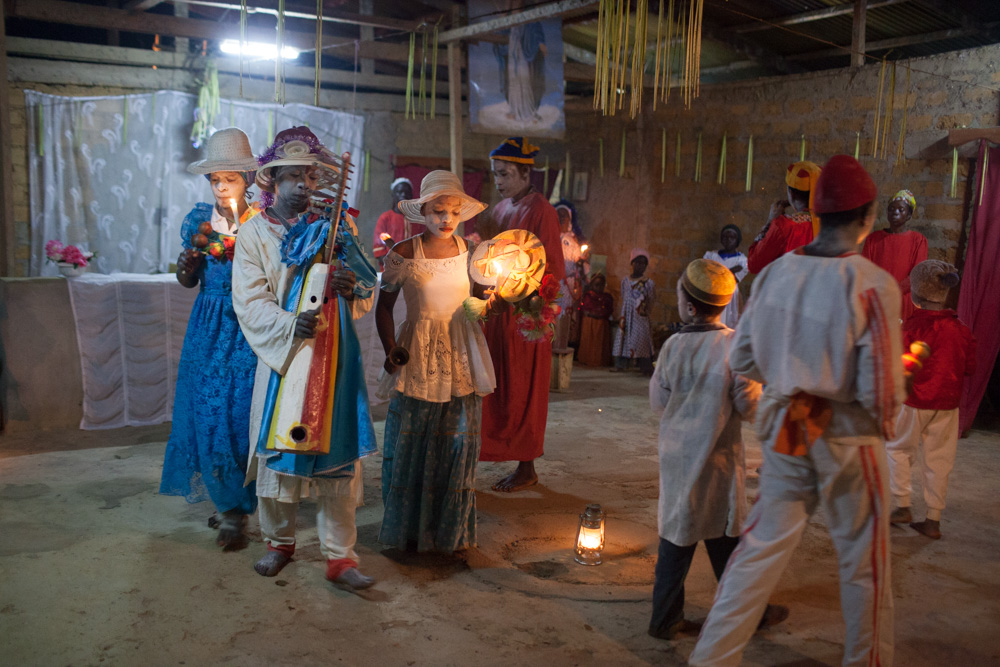
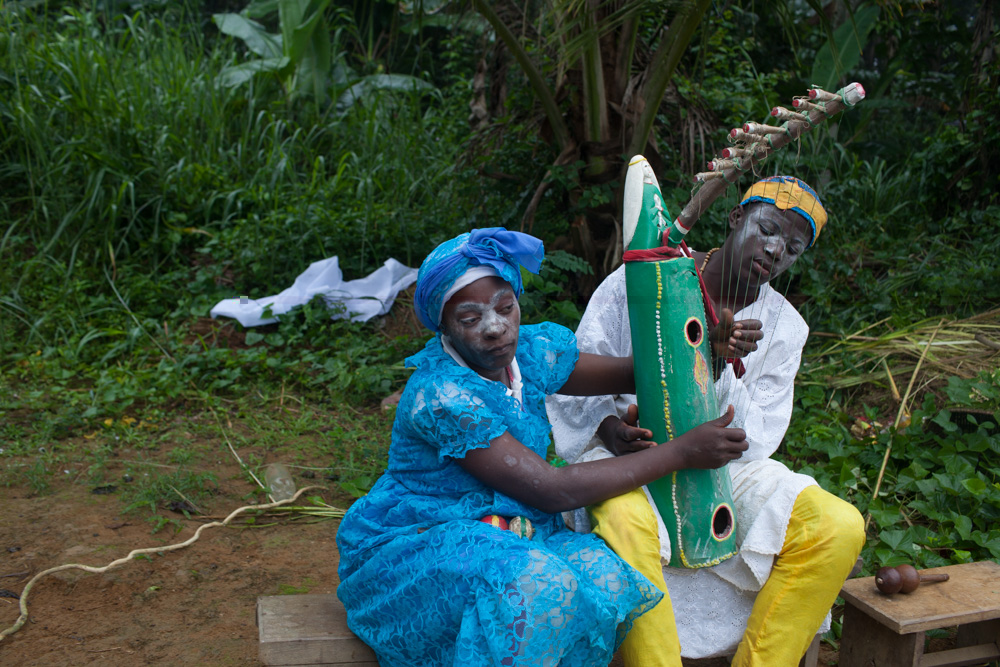
January 31st, 2015
Fascynujące. Bóg jest przede wszystkim tuż obok… tylko nie widzimy jedności. Jedność.